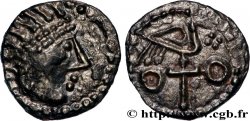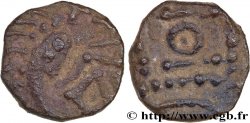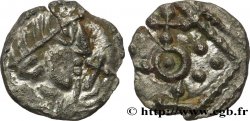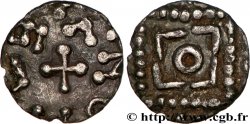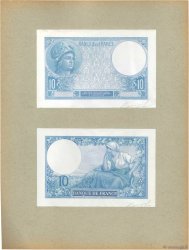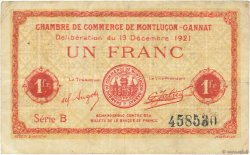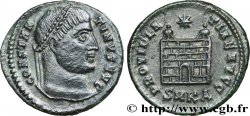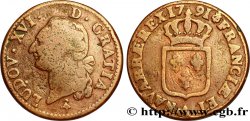v53_0694 - ENGLAND - ANGELSASSCHE Sceat aux têtes affrontées et aux 4 oiseaux, Série J, type 37
MONNAIES 53 (2012)
Startpreis : 240.00 €
Schätzung : 380.00 €
unverkauftes Los
Startpreis : 240.00 €
Schätzung : 380.00 €
unverkauftes Los
Type : Sceat aux têtes affrontées et aux 4 oiseaux, Série J, type 37
Datum: c. 710-760
Name der Münzstätte / Stadt : Angleterre (sud-est)
Metall : Silber
Durchmesser : 11,5 mm
Gewicht : 0,74 g.
Seltenheitsgrad : R1
Kommentare zum Erhaltungszustand:
Monnaie de qualité, avec un agréable revers mais un avers d’aspect un peu mou, bien que complet, avec une patine hétérogène peu photogénique. Sinon, tous les reliefs sont particulièrement bien venus et détaillés
N° im Nachschlagewerk :
Vorderseite
Titulatur der Vorderseite ANÉPIGRAPHE.
Beschreibung Vorderseite Deux têtes face à face, une croix posée sur une base entre les deux ; grènetis.
Rückseite
Titulatur der Rückseite TRACES DE LÉGENDE.
Beschreibung Rückseite Petite croix bouletée entourée de quatre oiseaux (?) formant une sorte de swastika sinistrogyre ; grènetis.
Kommentare
Cette monnaie est l’une des rares avec deux représentations humaines de l’époque mérovingienne. Ce type est communément trouvé en Gaule, isolé ou avec d’autres deniers mérovingiens, ce qui prouve une circulation large. D. M. Metcalf distingue deux groupes dans ces monnaies ; les monnaies officielles et les imitations. Les exemplaires de plus beau style sont traditionnellement considérés comme officiels et les autres comme imitations....
This coin is one of the few with two human representations from the Merovingian period. This type is commonly found in Gaul, either alone or with other Merovingian denarii, which proves their widespread circulation. DM Metcalf distinguishes two groups within these coins: official coins and imitations. The finest examples are traditionally considered official, and the others imitations.
This coin is one of the few with two human representations from the Merovingian period. This type is commonly found in Gaul, either alone or with other Merovingian denarii, which proves their widespread circulation. DM Metcalf distinguishes two groups within these coins: official coins and imitations. The finest examples are traditionally considered official, and the others imitations.








 Berichten über einen Fehler
Berichten über einen Fehler Die Seite drucken
Die Seite drucken Teilen meiner Auswahl
Teilen meiner Auswahl Stellen Sie eine Frage
Stellen Sie eine Frage Einlieferung/Verkauf
Einlieferung/Verkauf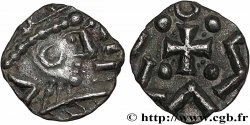
 Details
Details
